 W
WLieutenant General Robert Stephenson Smyth Baden-Powell, 1st Baron Baden-Powell,, was a British Army officer, writer, founder and first Chief Scout of the world-wide Scout Movement, and founder, with his sister Agnes, of the world-wide Girl Guide / Girl Scout Movement. Baden-Powell authored the first editions of the seminal work Scouting for Boys, which was an inspiration for the Scout Movement.
 W
WThomas Graham Balfour was a Scottish physician noted for his work with medical statistics, and a member of Florence Nightingale's inner circle.
 W
WSir George Ballingall was a Scottish physician and surgeon. He was regius professor of military surgery at the University of Edinburgh.
 W
WMajor-General Sir James Browne KCSI CB, known as "Buster Browne", was a British military engineer and administrator in British India.
 W
WDr. John Collis Browne MRCS (1819–1884) was a British Army officer, inventor of items for yachts and the originator of the medicine Chlorodyne.
 W
WField Marshal Sir John Fox Burgoyne, 1st Baronet was a British Army officer. After taking part in the Siege of Malta during the French Revolutionary Wars, he saw action under Sir John Moore and then under the Duke of Wellington in numerous battles of the Peninsular War, including the Siege of Badajoz and the Battle of Vitoria. He served under Sir Edward Pakenham as chief engineer during the War of 1812. He went on to act as official advisor to Lord Raglan during the Crimean War advocating the Bay of Kalamita as the point of disembarkation for allied forces and recommending a Siege of Sevastopol from the south side rather than a coup de main, so consigning the allied forces to a winter in the field in 1854.
 W
WGeneral Sir Duncan Alexander Cameron, was a British Army officer who fought in the Crimean War and part of the New Zealand Wars. He was later a governor of the Royal Military College, Sandhurst.
 W
WColonel Sir William Howe De Lancey was an officer in the British Army during the Napoleonic Wars. He died of wounds he received at the Battle of Waterloo.
 W
WLieutenant General Sir James Bevan Edwards was a senior British Army officer and politician.
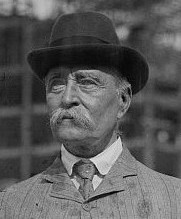 W
WColonel Sir Augustus Charles Frederick FitzGeorge was a British Army officer and a distant relative of the British royal family. FitzGeorge served as an aide-de-camp to General Robert Napier, 1st Baron Napier of Magdala, Commander-in-Chief of India (1870–1875) and accompanied Albert Edward, Prince of Wales during his visit to India (1875–1876). FitzGeorge also served as aide-de-camp to Lieutenant-General Sir Archibald Alison, 2nd Baronet, and served as the private secretary and equerry to his father, Prince George, Duke of Cambridge, Commander-in-Chief of the Forces.
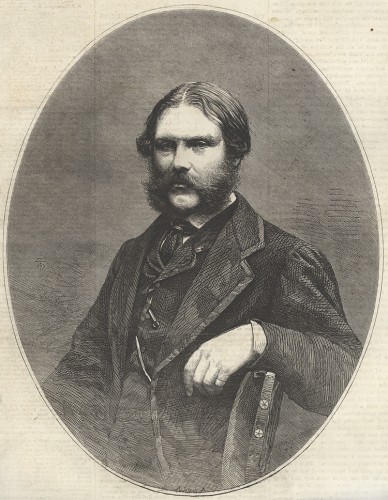 W
WFrancis Fowke was a British engineer and architect, and a Captain in the Corps of Royal Engineers. Most of his architectural work was executed in the Renaissance style, although he made use of relatively new technologies to create iron framed buildings, with large open galleries and spaces.
 W
WMajor-General Thomas Gordon was a British army officer and historian. He is remembered for his role in the Greek War of Independence in the 1820s and 1830s and his History of the war published in 1832.
 W
WSir Thomas Edward Gordon was a Scottish soldier, diplomat, and traveler. A British Army officer, he fought in India, served as a diplomat in Tehran, and travelled across the Pamirs. These days he is primarily remembered as an author of several books about India, Persia, and Central Asia of the 19th century.
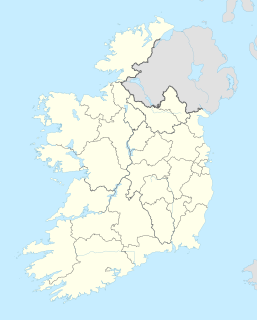 W
WLaurence "Larry" Griffin was an Irish postman who disappeared from the village of Stradbally, County Waterford on Christmas Day 1929. Investigators concluded that Griffin visited a local pub after work where he was injured in a drunken altercation; he either died immediately from his injury or shortly afterwards in the adjacent Garda station. His body was then allegedly disposed of in order to hide the fact that the pub was illegally serving alcohol on Christmas Day, a fact which would have threatened the livelihoods of both the publican and several members of the local police force who were supposedly drinking there. This version of events has never been proven, and continues to be vehemently denied by the families of the accused.
 W
WSurgeon Major Thomas Egerton Hale VC CB was an English recipient of the Victoria Cross, the highest and most prestigious award for gallantry in the face of the enemy that can be awarded to British and Commonwealth forces.
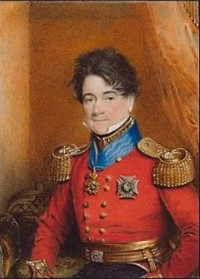 W
WGeneral Sir Thomas Hawker KCH was a British Army cavalry officer. Hawker began his career in the 11th Light Dragoons in 1795 and fought with them during the 1799 Anglo-Russian invasion of Holland. In 1804, he purchased the rank of major with the 20th Light Dragoons and served with them in Spain during the Peninsular War. He was promoted to command of the regiment in 1808. Hawker served in the force sent to occupy the Republic of Genoa in 1814 and shortly after was promoted to colonel and given command of a light cavalry brigade. Spending some time on half pay after the end of the Napoleonic Wars he returned to active service as lieutenant-colonel of the 13th Light Dragoons. Hawker was in the East Indies between 1822--26 and 1830-36 and was promoted to major-general in 1825. He was appointed a Knight Commander of the Royal Guelphic Order in 1837 and colonel of the 6th Regiment of Dragoon Guards in 1839. Hawker was promoted to the brevet rank of general in 1854.
 W
WSir George Lloyd Hodges was a British soldier and diplomat.
 W
WLieutenant-Colonel Thomas Huxley was a British Army officer who fought in the Second Carib War, survived the ship wreck of HMS Dromedary; and took part in the British attack on Danish West Indies. When he was part of the 70th Regiment, he married Jessie Scott, the niece of Sir Walter Scott. He later became the Military Secretary to Lord Dalhousie, the Governor General of British North America. He is buried in the Old Burying Ground.
 W
WCaptain Levett Landon Boscawen Ibbetson was an English 19th century geologist, inventor, organiser and soldier. He is particularly associated with early developments in photography. He was a member of the London Electrical Society and later a Fellow of the Royal Society.
 W
WSurgeon-General James Jameson was a British Army surgeon during the late 19th century, seeing service during the Franco-Prussian War and heading the Army Medical Services from 1896 to 1901, during which time the Royal Army Medical Corps was established.
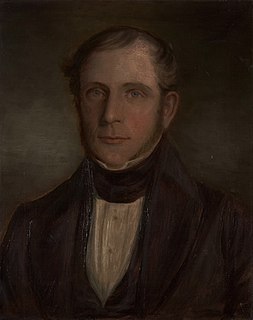 W
WGeorge Kingsmill (1808–1852) was the High Constable of Toronto in 1835 and from 1837 to 1846.
 W
WColonel Edward William Purvis was a British army officer and settler of the Kingdom of Hawaii who served as Vice-Chamberlain during the reign of King Kalākaua. After resigning from the royal household, Purvis published two political satires aimed at undermining the image of the king and his prime minister, Walter M. Gibson, who had been responsible for the removal of Purvis' superior. These actions and other factors led to the demise of the Gibson regime and the Bayonet Constitution of 1887. Purvis died in the following year, after going to the United States to seek medical attention for his health. According to popular legend, he was an expert player of the Portuguese machete or cavaquinho and was believed to be the inspiration for the name of the Hawaiian ukulele.
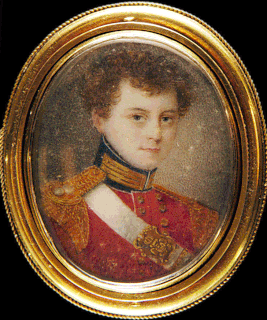 W
WCharles Wightman Sievwright was a British army officer before being appointed Assistant Protector of Aborigines in part of the Port Phillip District of the colony of New South Wales, now Victoria, Australia.
 W
WAlexander C. Stuart (1831–1898) was a British-born American painter, specializing in naval scenes. He grew up in Glasgow, served in the British Army, and immigrated to US around 1861. Since then lived and worked on the East Coast of the United States. In the US he served in the Marines and the Navy (Union) until 1866; since then he worked as an artist and illustrator.
 W
WLieutenant-general William Tomkinson was a British Army officer who served during the Peninsular War and the Waterloo Campaign.
 W
WRichard Horatio Edgar Wallace was an English writer.
 W
WSir George Whitmore, K.C.H. was a British Army officer.